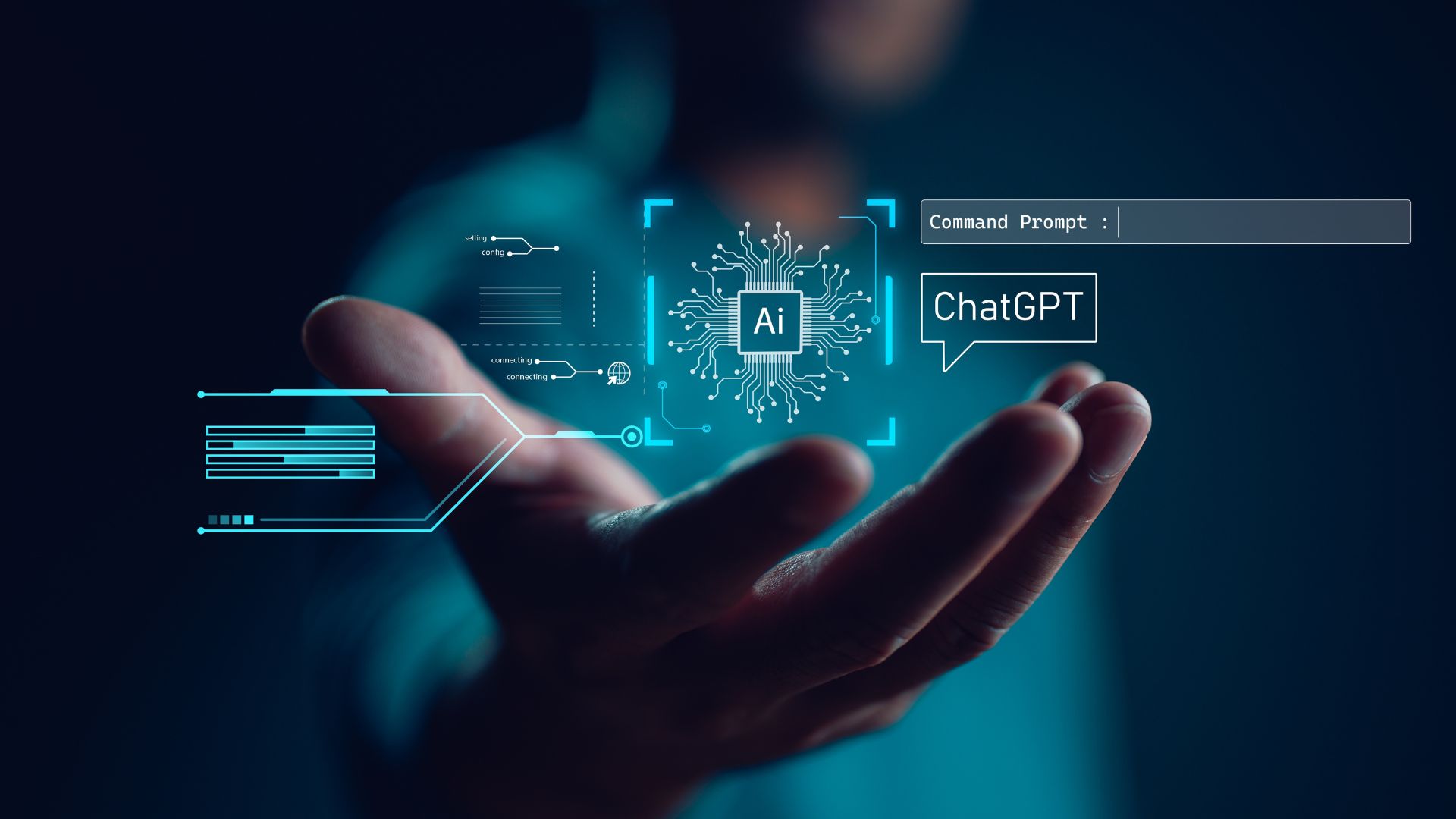AI’s Role in Reviving Shift‑Left Testing: Trust, Transparency, and the Future of Quality Assurance

Key Points
- BlinqIO created an autonomous AI Test Engineer that can generate and maintain test suites without human input.
- Enterprises worry about trust and control when adopting AI tools for testing.
- Shift‑Left often led to reduced QA roles and inadequate test coverage due to misapplication.
- Fear of AI (FOAI) stems from opaque, black‑box implementations and lack of transparency.
- Providing visibility into AI decision‑making builds confidence and reduces resistance.
- AI should augment, not replace, human expertise, allowing engineers to focus on strategic work.
- Future AI contributions will be subtle, improving stability and speed of software releases.
- Companies that prioritize trust, explainability, and quality in AI design will thrive.
BlinqIO has built an autonomous AI Test Engineer platform that can understand applications, generate and maintain test suites, and recover from failures without human intervention. While the technology works, enterprises express concerns about trust and control when adopting AI tools. The original Shift‑Left approach, intended to embed testing earlier in development, often led to the marginalization of dedicated QA roles and inadequate test coverage. By addressing fear of AI (FOAI) through transparency and collaborative adoption, organizations can restore confidence in automated testing, improve software stability, and position AI as an enabler rather than a replacement for human insight.
AI‑Driven Testing and the Shift‑Left Vision
BlinqIO, a company founded by Guy and his co‑founder, launched an autonomous AI Test Engineer platform designed to understand software under test, create robust test suites, and autonomously handle failures. The system demonstrates that AI can technically replace many manual testing tasks, yet enterprises remain wary of relinquishing control to opaque tools.
Why Shift‑Left Faltered
The Shift‑Left methodology was introduced to embed testing earlier in the software lifecycle, aiming to accelerate delivery without sacrificing quality. In practice, many organizations misapplied the concept, often eliminating dedicated QA roles and asking developers to test their own code without independent validation. This led to reduced test coverage and a perception that quality was being sacrificed for speed.
Introducing Trust and Transparency
Stakeholders cited a lack of trust in AI systems, describing a fear of AI (FOAI) that stems from black‑box implementations and unclear decision‑making processes. When teams are invited to understand how AI prioritizes tests, flags failures, and makes decisions, resistance diminishes. Transparency and control become essential for building confidence in autonomous testing platforms.
Human‑Centric AI Adoption
The authors stress that successful AI integration requires redefining collaboration models, shared accountability, and continuous feedback loops. Rather than viewing AI as a replacement for human expertise, it should be positioned as an enabler that frees engineers to focus on strategic, creative work while AI handles repetitive, mechanical testing tasks.
Future Outlook for AI in Software Quality
Looking ahead, AI is expected to make quiet yet powerful contributions behind the scenes—improving release stability, speeding recovery cycles, and enhancing overall confidence in shipped software. Companies that embed trust, explainability, and quality into AI design are poised to succeed, while those that ignore transparency may hinder their own progress. The renewed focus on AI‑augmented Shift‑Left testing offers a second chance to achieve faster, higher‑quality software delivery.